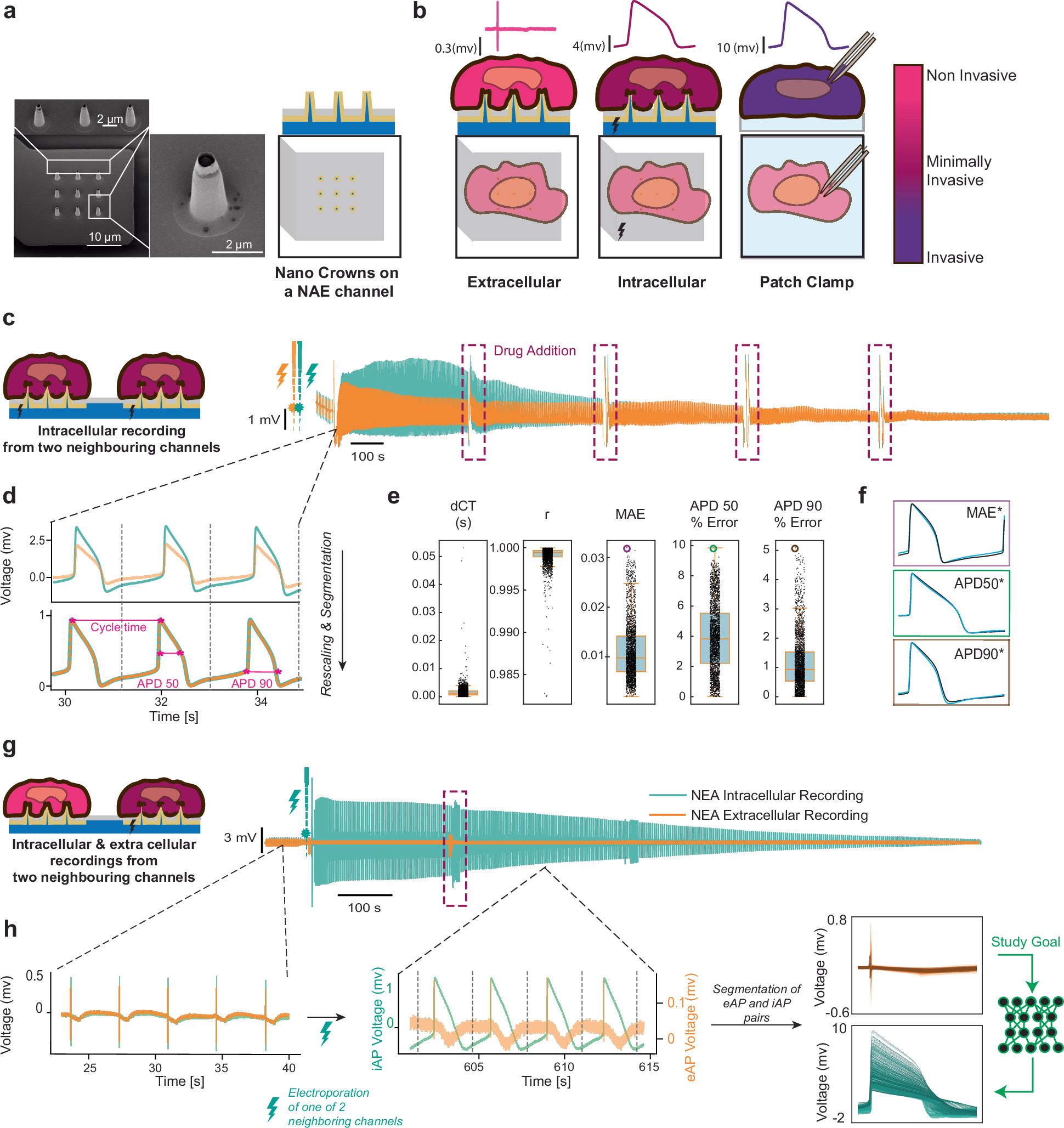2025-01-17 カリフォルニア工科大学(Caltech)
<関連情報>
- https://www.caltech.edu/about/news/bacteria-in-polymers-form-cables-that-grow-into-living-gels
- https://www.science.org/doi/10.1126/sciadv.adq7797
高分子環境における細菌ケーブルの形態形成 Morphogenesis of bacterial cables in polymeric environments
Sebastian Gonzalez La Corte, Corey A. Stevens, Gerardo Cárcamo-Oyarce, Katharina Ribbeck, Ned S. Wingreen, and Sujit S. Datta
Science Advances Published:17 Jan 2025
DOI:https://doi.org/10.1126/sciadv.adq7797

Abstract
Many bacteria live in polymeric fluids, such as mucus, environmental polysaccharides, and extracellular polymers in biofilms. However, laboratory studies typically focus on cells in polymer-free fluids. Here, we show that interactions with polymers shape a fundamental feature of bacterial life—how they proliferate in space in multicellular colonies. Using experiments, we find that when polymer is sufficiently concentrated, cells generically and reversibly form large serpentine “cables” as they proliferate. By combining experiments with biophysical theory and simulations, we demonstrate that this distinctive form of colony morphogenesis arises from an interplay between polymer-induced entropic attraction between neighboring cells and their hindered ability to diffusely separate from each other in a viscous polymer solution. Our work thus reveals a pivotal role of polymers in sculpting proliferating bacterial colonies, with implications for how they interact with hosts and with the natural environment, and uncovers quantitative principles governing colony morphogenesis in such complex environments.


